
I heard about a group of families who organized a Halloween celebration in a local park. Kids dressed up, games were played and everyone had lots of fun. That’s great but I must express some reservations about such an excuse for a party, here in South Africa, where Halloween really means very little. I didn’t enquire whether they were Catholic families and whether they had also spoken about All Saints, but doubt if those points were raised. The fact that the Church moved All Saints to the 1st Sunday of the month has merit but plays havoc with the tradition of commemorating Halloween as “the eve before All Hallows, i.e. All Saints.” So what is the origin and meaning of celebrating Halloween? Its roots are partly shrouded in mystery and in the ancient Celtic traditions in Ireland where the feast was known as Samain, a harvest festival and the onset of the cold dark days of winter.
Marfam has explored the topic many times over the years in publications and on Radio Veritas programmes too. This time I’m focusing on children as Saturday 5th November is International Children’s Day.
A portion of an article on KID STUFF from MARRIAGE AND FAMILY LIVING in 2006 is shared here. As a class Halloween party was being planned the catechism teacher challenged the learners to find out all they could about its meaning. One child did an in-depth project which she called “the Real Halloween.”
“Halloween is one of the oldest holidays going back 1000s of years. It has had influences from many cultures over the centuries from a Celtic to a Roman festival and finally the Christian celebrations of All Saints and All Souls Days. Hundreds of years ago in what is now Great Britain and northern France there lived the Celts. They worshipped nature and had many gods with the sun god as their favourite. “He” commanded their work and their rest time and made the earth beautiful and the crops grow.
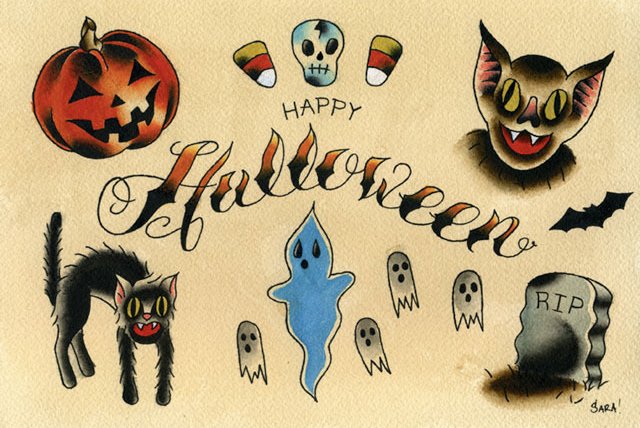
Now the Celts celebrated their New Year on 1st November with a big festival that marked the end of the season of the sun and the beginning of the season of darkness in those days. On 31st October after all the crops were harvested and stored for the long winter the cooking fires in the homes would be put out. The Druids who were the Celtic priests would meet in the forest and light new fires and offer sacrifices of crops and animals while they danced around the fires. In the morning each family would get an ember from the Druid’s fires to take home and start new cooking fires that would keep the homes warm and free from evil spirits. Everyone took part in the festival on November 1st dressing up in costumes and skins and heads of animals. That was the first Halloween.
When the Romans invaded Britain they brought their own festivals along. One of these was also a festival of the goddess of fruits and gardens. These festivals then combined into one holiday at the change of seasons.
Later on Christianity spread across Europe and Britain. In 835AD the Catholic Church declared November 1st to be a church holiday to honour all the saints. It was called All Saints Day or Hallowmas, or All Hallows. Later on, 2nd November became All Souls Day, to honour and remember the dead. It was celebrated with big bonfires, parades and people dressing up as saints, angels and devils which were part of Christian practices and beliefs at the time.
But the spread of Christianity didn’t make people forget their old customs which they celebrated on the eve of All Hallows (October 31) The name then became Hallow’s Eve, then Halloween. Today’s Halloween includes all these influences, fruit, and nuts and pumpkins from the Roman goddess and black cats, magic, evil spirits and ghosts and skeletons and skulls from All Saints and All Souls Day.
So it is really OK to celebrate Halloween as long as we don’t forget that God is the ruler over everything, even devils and ghosts. Amen! PS but it really doesn’t have anything to do with the Our Father and “Hallowed be thy name.”
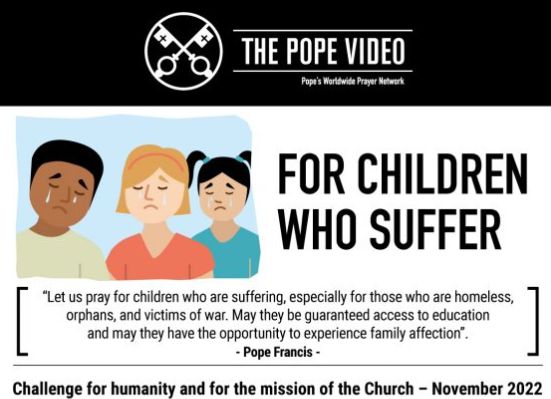
The catechism teacher later invited the class to do a whole lot more research about All Saints and find special saints that interested them, local saints, young or old, or people who had lived good lives and others of all kinds of families and ages who had suffered much.
That brought us around to our November theme of “Family Losses and Endings.” Pope Francis has a special prayer theme every month. His theme for November 2022 is “Let us pray for children who are suffering.” Pope’s Worldwide Prayer Network gives much information about the suffering of children across the world, due to war, famine, becoming orphaned or abused in their homes and communities. . https://www.popesprayer.va/ Families could adopt this prayer intention too and include it in their own November home altar and prayer time, remembering too that 5 November is International Children’s Day and all kids love to be loved and to have a good time. TR FAMILY WEEKLY 2 NOVEMBER 2022
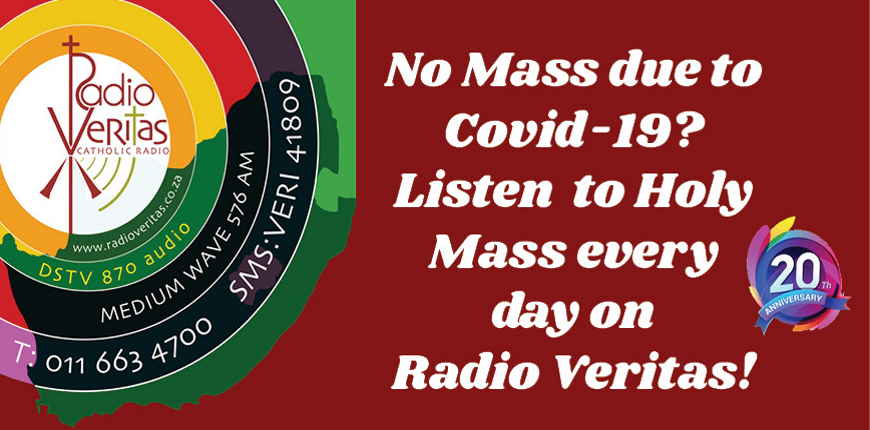


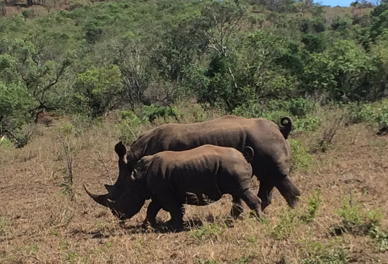
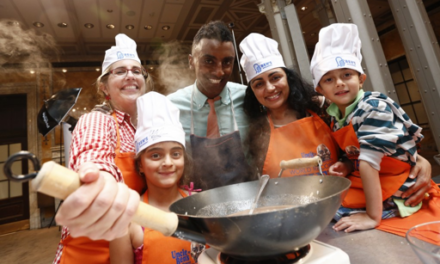
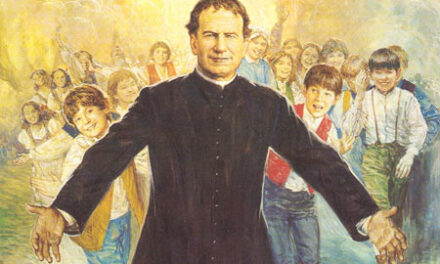

Recent Comments